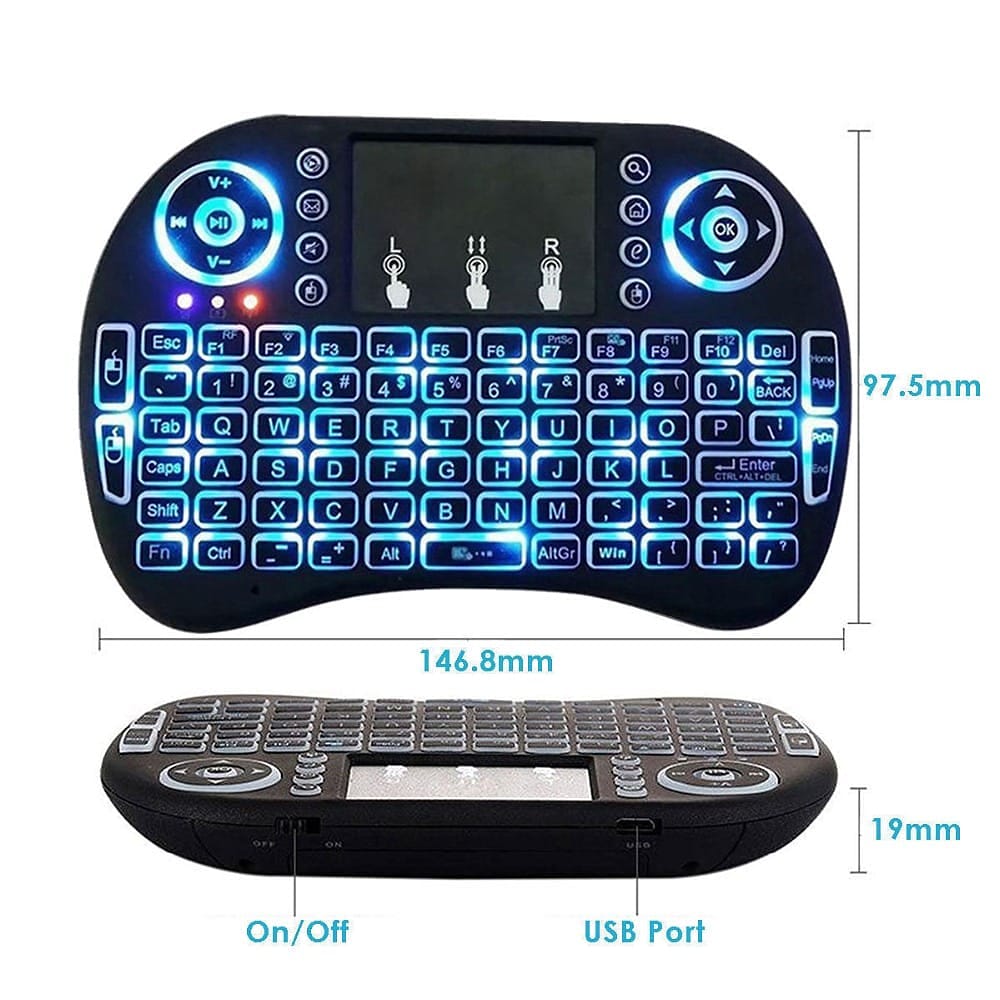- Smart Home Security Systems: Smart home security systems integrate various devices and technologies to provide comprehensive security solutions. These systems typically include a combination of smart cameras, motion sensors, door/window sensors, and alarms that can be controlled and monitored remotely using smartphones or other smart devices. They often incorporate features such as facial recognition, two-way audio communication, and real-time notifications.
- Video Doorbells: Video doorbells have become popular for enhancing home security. These devices are equipped with cameras and motion sensors, allowing homeowners to see and communicate with visitors at their front doors through a mobile app. Video doorbells provide added convenience and security by enabling remote monitoring and recording of doorstep activities.
- Biometric Access Control: Biometric access control systems utilize unique physical or behavioral characteristics, such as fingerprints, facial recognition, or iris scans, to authenticate individuals and grant access to homes. Biometric authentication offers enhanced security compared to traditional key-based or keypad entry systems, as it is difficult to forge or replicate biometric data.
- Home Automation and Integration: Home automation technology has expanded to include security features. Integration with smart home platforms allows security systems to work seamlessly with other devices and systems, such as lighting, thermostats, and door locks. This integration enables automated security routines and the ability to control and monitor security devices remotely through a centralized interface.
- Wireless Security Systems: Wireless security systems have gained popularity due to their easy installation and flexibility. These systems use wireless technology, such as Wi-Fi or cellular connectivity, to transmit data between security devices and the central control panel. Wireless systems eliminate the need for extensive wiring, making them more convenient and adaptable for homeowners.
- Artificial Intelligence (AI) and Machine Learning: AI and machine learning technologies are being applied to household security systems to enhance their capabilities. These technologies can enable advanced video analytics, behavioral pattern recognition, and anomaly detection. AI-powered security systems can learn from data and adapt to changing circumstances, improving the accuracy of threat detection and reducing false alarms.
- Voice Control: Voice control technology, often integrated with virtual assistants like Amazon Alexa or Google Assistant, allows homeowners to control and manage their security systems using voice commands. This hands-free control adds convenience and accessibility to security operations.
- Remote Monitoring and Cloud Storage: Many modern household security systems offer remote monitoring capabilities, allowing homeowners to view live camera feeds and receive alerts remotely. Cloud storage options have also become prevalent, enabling convenient storage and retrieval of recorded video footage from security cameras.
These are just a few examples of the new technologies being used in household security systems. The advancements in IoT (Internet of Things), connectivity, artificial intelligence, and automation are continually driving innovation in the field of home security, providing homeowners with more sophisticated and integrated solutions to protect their homes and loved ones.

